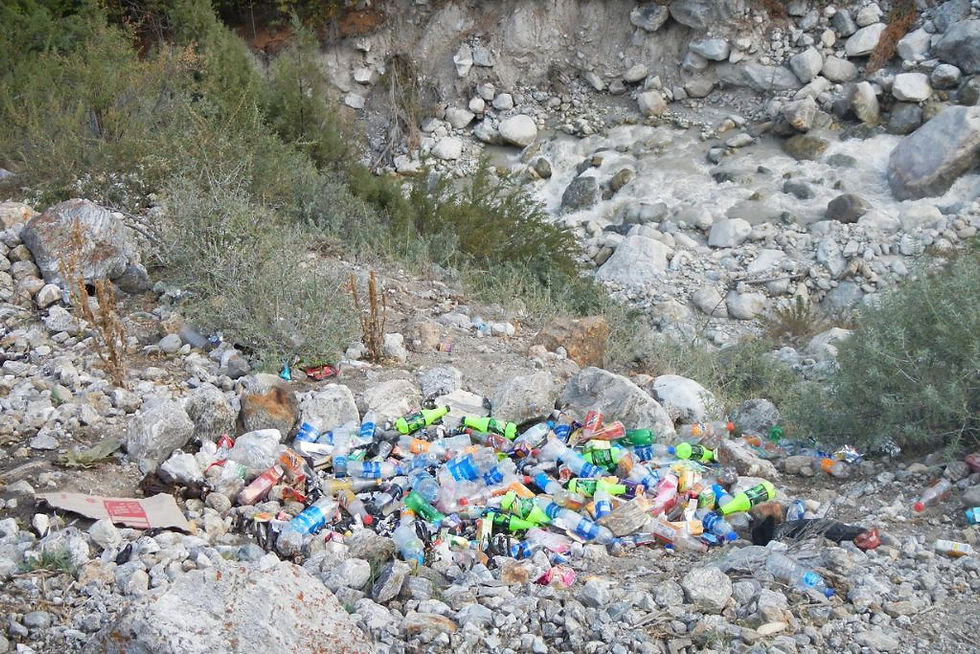Parts of Africa Are Seeing Improved Air Quality
- Constant Tedder
- Feb 16, 2021
- 3 min read
A new study has shown that air quality is improving in the fastest-growing regions of Africa. Rapidly-growing countries generally see sharp increases in air pollution as their populations and economies expand, but this study shows that the continent is bucking this trend.
—
What is Happening?
The study, published in Proceedings of the National Academy of Sciences, found that levels of dangerous nitrogen oxides, a byproduct of combustion, in the northern part of sub-Saharan Africa have declined sharply while wealth and population in the area have increased.
The researchers say that the reason for this is that an increase in pollution from industry and transportation in the area studied- from Senegal and Ivory Coast in the west to South Sudan, Uganda and Kenya in the east- appears to have been offset by a decline in the number of fires set by farmers.
Burning vegetation is a cheap and efficient way to clear land in preparation for planting season, and it retains mineral nutrients in the soil. In addition to emitting carbon dioxide, these fires can combine with urban pollution to produce toxic air. North Equatorial Africa is the region with the world’s largest area of biomass fires, with roughly 70% of the world’s burned land.
The study used NASA satellite data and imagery to measure dangerous gases present in the region’s air and determine fire trends between 2005, when NASA’s records started, and 2017. At the peak of fire seasons, levels of nitrogen dioxide, a harmful gas produced by road traffic and other fossil fuel combustion, declined by 4.5% in the lower atmosphere. This resulted in a net decrease of the pollutant in the region.
This is a welcome- and important- development because Africa’s growing population, currently at 1.2 billion people, is urbanising quickly. Pollution has surpassed AIDS as the leading cause of death on the continent. However, governments in Africa often prioritise economic growth over the environment, meaning there’s little emphasis on gathering air quality data or putting clean-air policies in place.
You might also like: Air Pollution Caused by Burning of Fossil Fuels Caused 8.7m Deaths Globally in 2018- Report
Andriannah Mbandi, an environmental researcher based in Kenya and affiliated with the Stockholm Environment Institute, says, “the study provides an important tool for filling some of these data gaps in Africa where there is a dearth of air pollution studies at multiple levels. It would be great if follow-up work from this paper would quantify these levels to health and economic metrics, which is useful to policymakers.”
However, overall, emissions from burning fossil fuels are projected to rise considerably in Africa. 80% of the power generated on the continent is from coal or other fossil fuels. More and more used cars are being imported, which drives up emissions from transportation.
Jonathan Hickman, a researcher at the NASA Goddard Institute for Space Studies, and the lead author on the study, says, “As you increase GDP, you see a decrease in the amount of NO2 but it only followed that pattern to a certain point. At the highest levels of this GDP metric, air pollution levels were almost back to the levels that they were when we started out. What it suggests is this decline we are seeing is probably going to slow down and may reverse as the consequences of increased use of fossils.”
Featured image by: Flickr




Comments